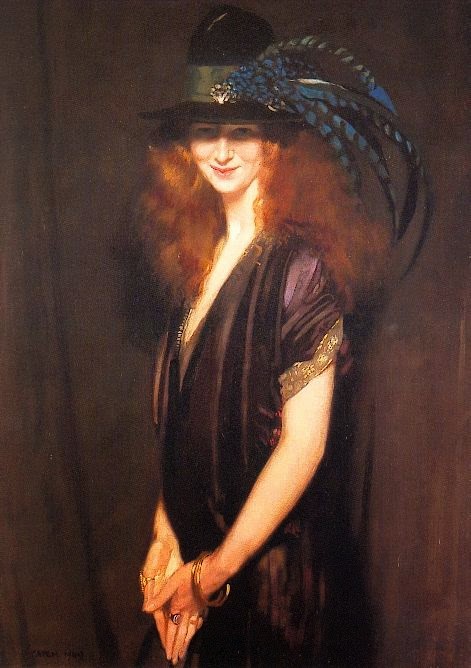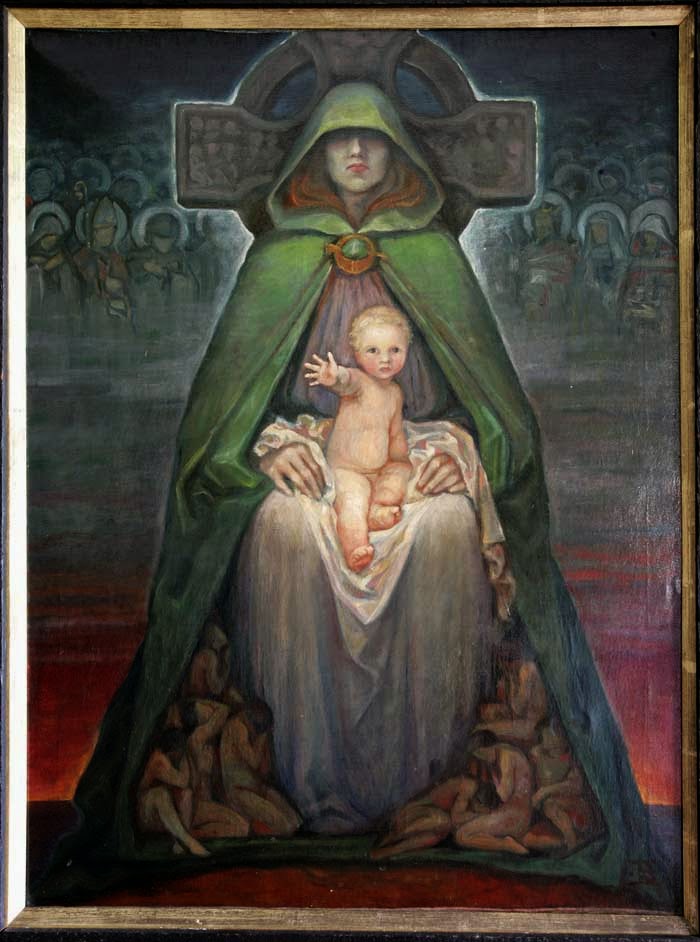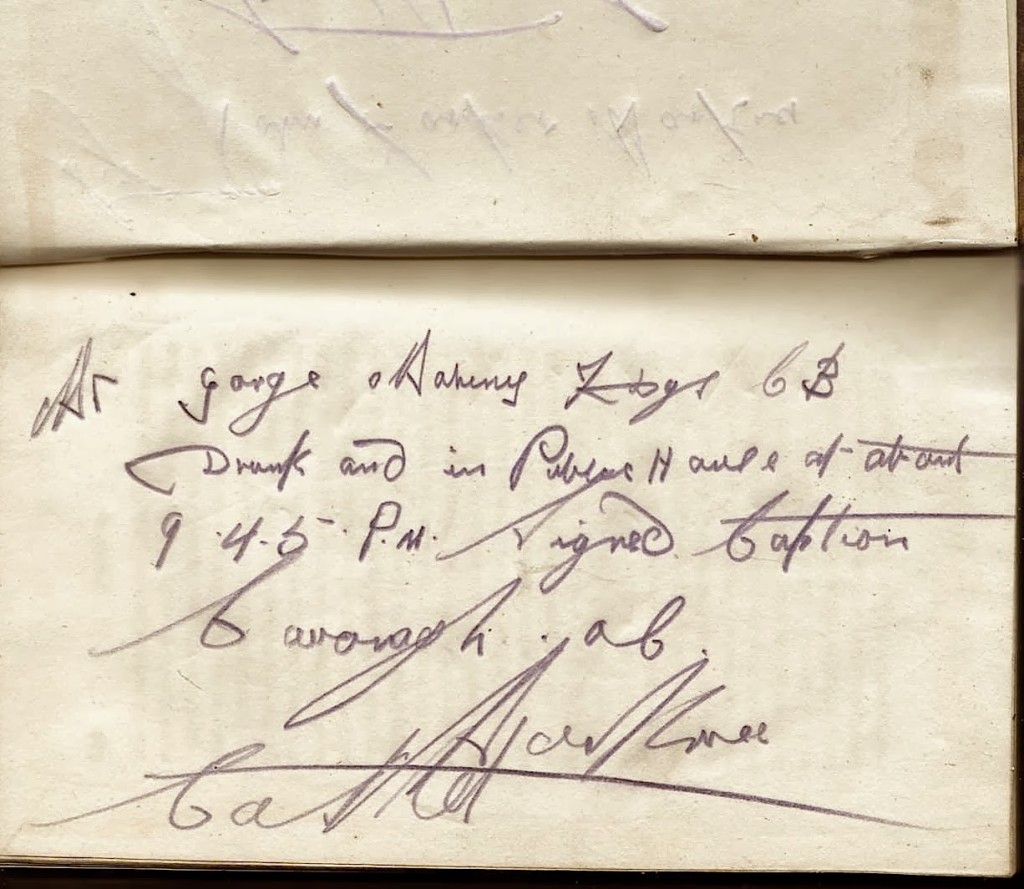 Discovered in an October 1st 1949 issue of The Leaderis this contemporary account of smuggling in Ireland by veteran Marxist ‘ trouble-maker’ and later Private Eye journalist Claud Cockburn (1904 – 81). It should interest anyone bored stiff by the Brexit debate over whether there should be a ‘hard’ or a ‘soft’ border between Northern Ireland and the Republic. It is also written by someone with a special knowledge of life in Ireland. Cockburn had emigrated to Ardmore, Co. Waterford, in 1947 and died in Cork thirty-four years later.
Discovered in an October 1st 1949 issue of The Leaderis this contemporary account of smuggling in Ireland by veteran Marxist ‘ trouble-maker’ and later Private Eye journalist Claud Cockburn (1904 – 81). It should interest anyone bored stiff by the Brexit debate over whether there should be a ‘hard’ or a ‘soft’ border between Northern Ireland and the Republic. It is also written by someone with a special knowledge of life in Ireland. Cockburn had emigrated to Ardmore, Co. Waterford, in 1947 and died in Cork thirty-four years later.
Back in the austere post-war years, when rationing was affecting the eating habits of British citizens, whether at home or in restaurants , the farmers and smallholders of neutral Ireland and the crooked businessmen of the six counties were in a position to evade the customs authorities and the police through smuggling.
The lush Republic, with its rain-fed pastures and potato fields was poor financially compared to the UK, but rich in food of all kinds. Smuggling had been going on since the War had begun in 1939, but in these ten years the authorities had learnt much about the methods of the offenders. According to Cockburn:
‘ The days are gone when you could sit peacefully in the dining-car of the Dublin-Belfast express, murmuring that you had nothing to declare, while sipping slowly at a glass of good black Guinness with a few hundred pounds worth of jewellery nestling in the dark heart of the drink…’ Continue reading












